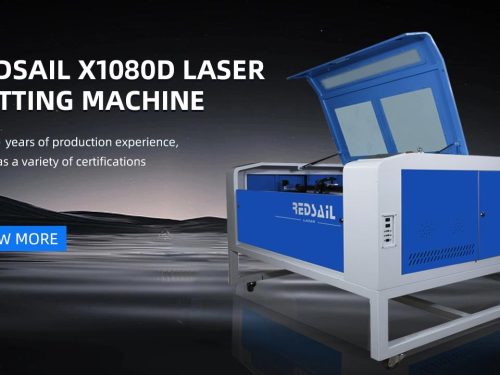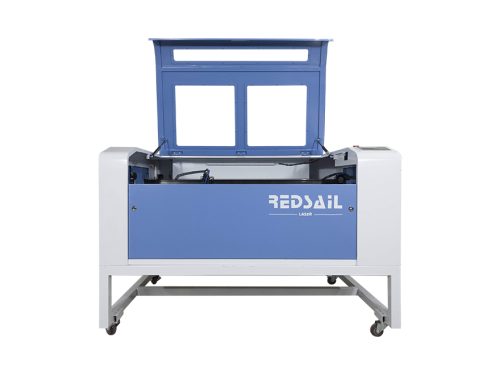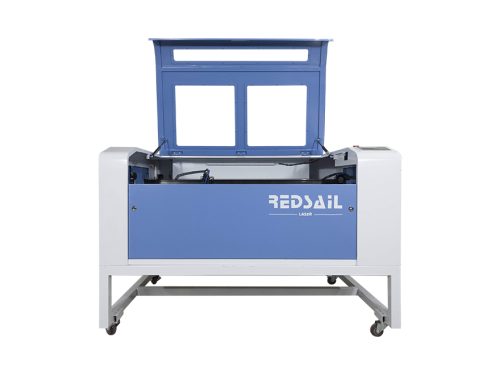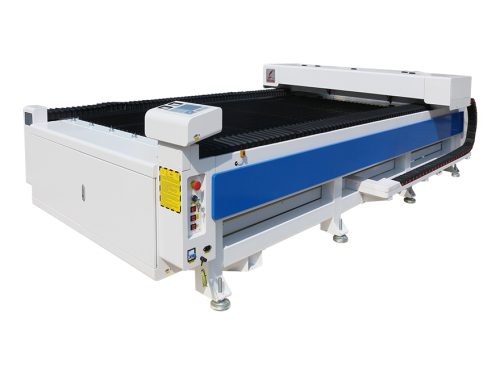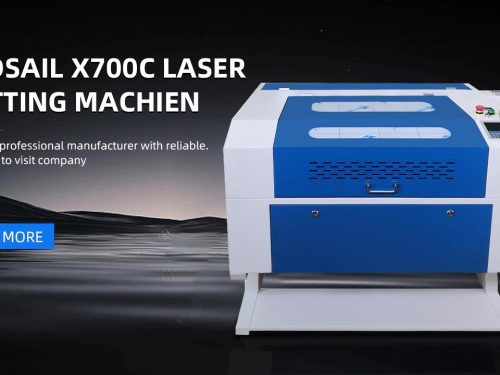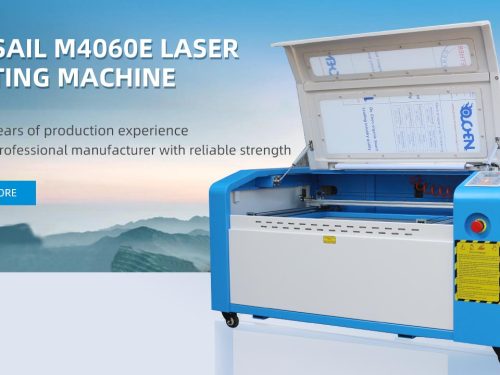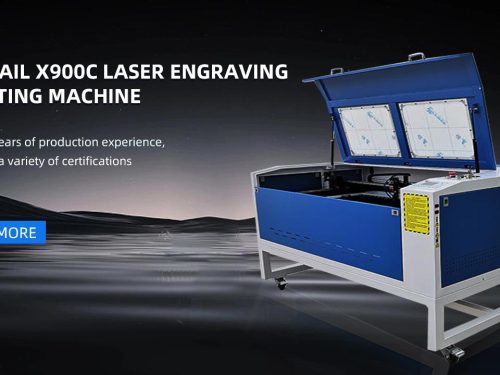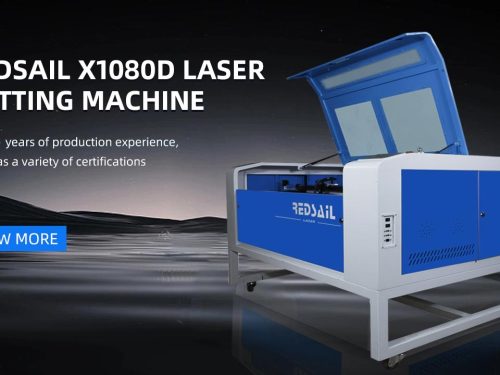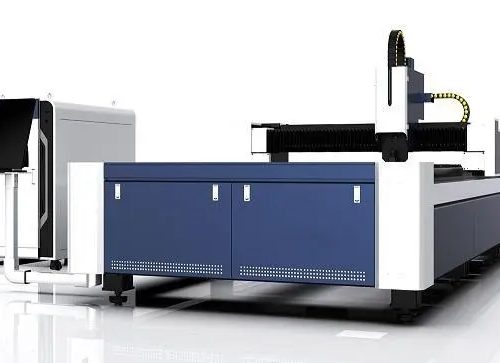
What are the commonly used materials and carving techniques for laser engraving machines?
1、 Performance of grayscale
Ordinary mechanical carving cannot economically carve points of different thicknesses, so there is no grayscale representation. Laser engraving machines have great advantages in grayscale performance by carving with dots. Therefore, in carving design, the use of gray as much as possible has the advantages of reducing coloring processes and saving costs; On the other hand, it enriches the expressive means of sculpture and increases the level of graphics. When using it, users first fill the graphics with different grayscales (characters are converted into graphics), choose black and white mode for carving output, and can try different dot effects, with an accuracy generally not exceeding 500dpi.
2、 Carving materials
1. Raw wood (unprocessed wood)
Wood is currently the most common laser processed material and is easy to carve and cut. Light colored wood such as birch, cherry, and maple is prone to laser vaporization, making it better for carving. Each type of wood has its own characteristics, some are relatively dense, such as hardwood, so more laser power is required when carving or cutting. We suggest studying the carving characteristics before carving unfamiliar wood.
2. Density board
Ordinary density veneer. This density board is the type of wooden support board that we often use as a sign lining board. The material is a high-density board with fine wood grain on the surface. Laser can carve on this material, but the carved patterns are uneven and appear black, so they are usually colored. Usually, you can use a 0.5mm dual color board to achieve better results through appropriate design.
Some density boards are specially designed for laser engraving, and the carved patterns have uniform colors and good coloring effects.
3. Acrylic acid (a type of organic glass)
Acrylic is the most commonly used carving material after wood. Easy to cut and carve, with a variety of shapes and sizes, and relatively low cost. There are two production processes for organic glass: casting and rolling. Laser engraving machines mainly produce organic glass through casting, as the frosting effect after laser engraving is very white, forming a sharp contrast with the original transparent texture. The rolled organic glass still remains transparent after laser engraving, without sufficient contrast effect. When purchasing organic glass, you should emphasize to the dealer that you want a good high purity, otherwise the purchased material may melt during carving or cutting.

